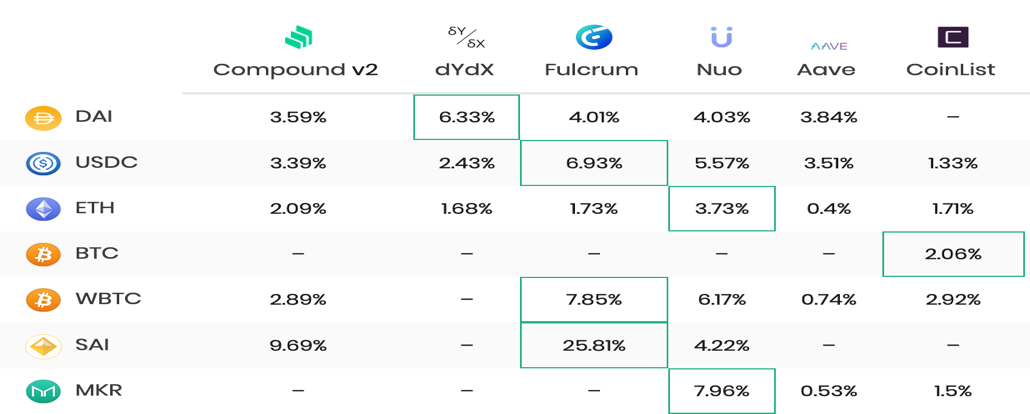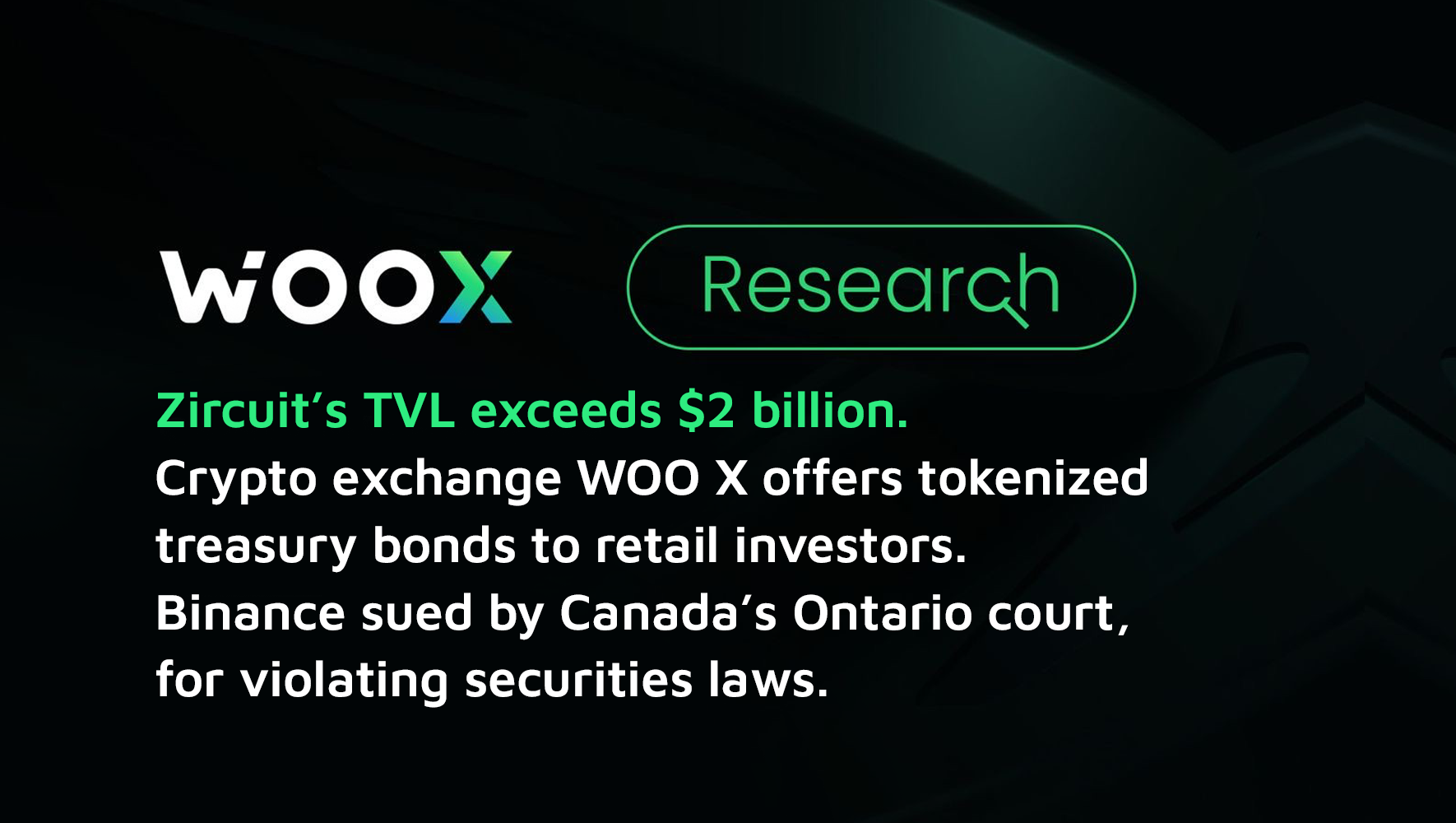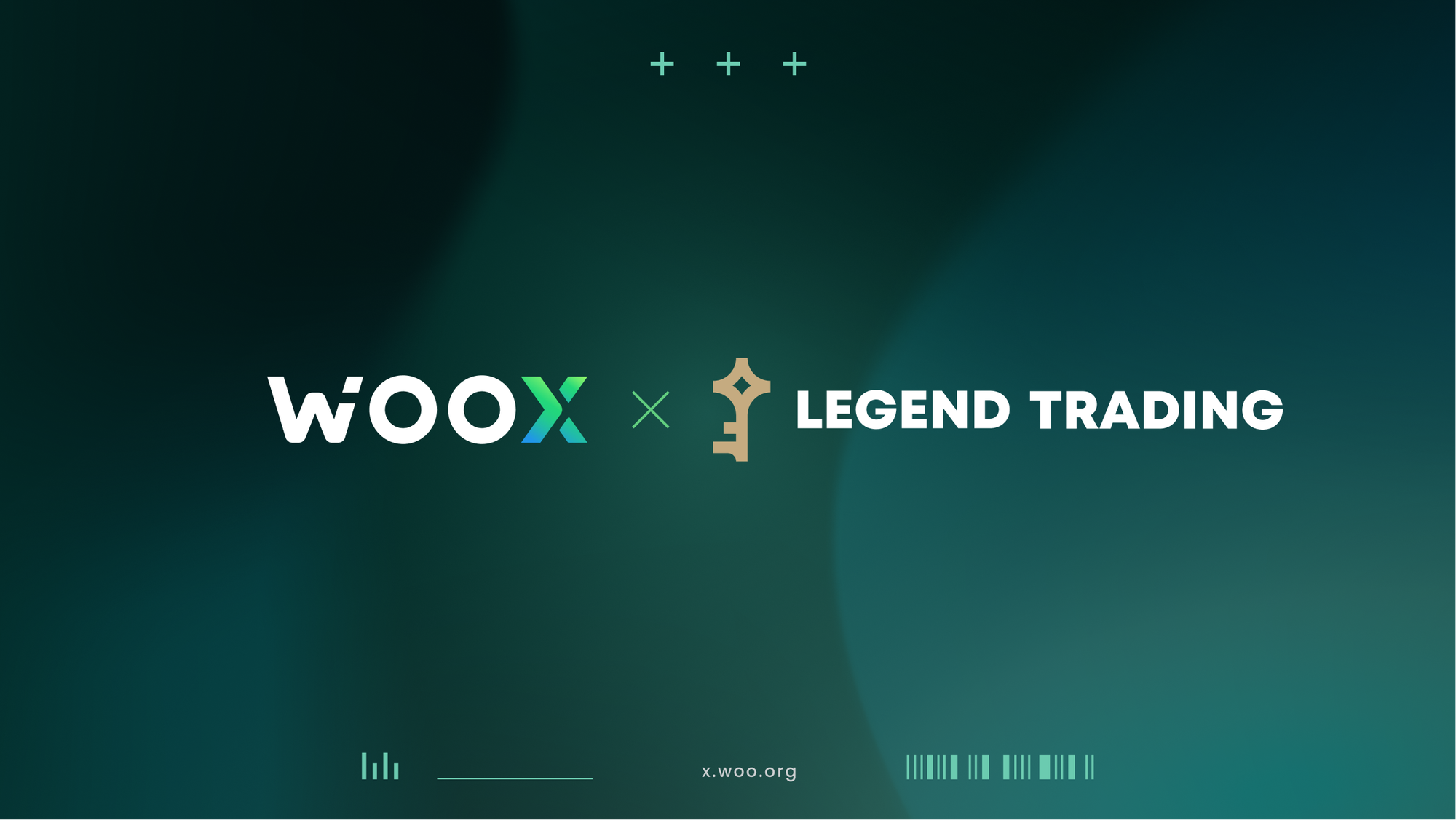The basic structure of crypto collateralized loans is similar in that the crypto asset is sold to lenders at a discount and then purchased back at a later date. The demand for the loans initially came from large bitcoin holders that did not want to sell their holdings but had a need for cash after the 2018 price crash. Since then, the collateralized lending market has grown to roughly $8 billion in total originated loans. Roughly 80% of the total lending volume is originated through private lenders that service institutional and retail with the remaining 20% originated by the decentralized finance (DeFi) platforms that cover smaller retail borrowers. DeFi lending protocols are lending platforms that operate without a centralized actor. A transaction on a DeFi protocol is 100% executed by a smart contract and then recorded on a blockchain.
There are three key differences between crypto collateralized lending and repo to keep in mind:
- Collateral Type: Debt securities, such as US treasuries, are typically used as collateral in the repo market. This is an important distinction to make from crypto assets because debt securities like US treasuries, are regarded as safe and have relatively stable bond prices. US treasuries are widely accepted by counterparties as collateral, but there is no widely accepted bond instrument in crypto to be used as collateral. Cryptos are similar to share financing from a collateral perspective in that the higher haircuts reflect the higher risk profile of the transaction. In share financing, equities are used as collateral and the haircut is much higher.
- Leverage: The loan to value ratios in crypto collateralized loans are typically around 50% with a few institutional and DeFi lenders going up to 75%. The low LTV’s are due to the high volatility and relative instability of crypto asset prices. Repo market haircuts are only between 2 to 3% for a US treasury.
- Tech Vulnerabilities: The exchanges that offer lending services and the DeFi protocols have both had issues with hacking. DeFi has had one major hack every month since January with the most recent (and largest since the 2016 DAO event) occurred on April 18th. Hackers found a vulnerability in recently launched dForce’s code and stole roughly $25,000,000. The hacks in the previous two months resulted in the hackers siphoning a few hundred thousand dollars and a million dollars worth of crypto. There are simply still too many bugs in the code of these protocols. Charlie Lee, the Litecoin founder, tweeted this regarding DeFi lending platforms, “It’s the worst of both worlds. Most DeFi can be shut down by a centralized party, so it’s just decentralization theater. And yet no one can undo a hack or exploit unless we add more centralization.”

The importance of crypto collateralized lending’s three economic functions have solidified as the overall market has grown.
- Economic function #1: ”Low risk” investment option.
- Like the traditional markets, cash lenders are attracted to the returns relative to the risk associated with bitcoin collateralized lending. Large holders of bitcoin can lend out their holdings to traders. This also includes the traders that need to “borrow” in order to execute a short trade.
- DeFi platforms also offers holders of crypto assets an investment opportunity. However, there is no fiat exchanged. The crypto assets are “invested” into liquidity pools like Uniswap, which essentially acts as a money market fund
Economic Function #2: Monetizing Assets
- The original function mentioned in the previous page. Current examples include miners who have monthly overhead that they need to pay but do not want to liquidate their holdings because they feel that the market is going up.
- Lending DeFi platforms also provide the same service but there is no central figure. One example is MakerDAO. The MakerDAO protocol requires 150% collateralization against the amount of DAI stablecoin the borrower obtains. The collateral is immediately liquidated if the value of the collateral falls below a certain threshold.
Economic Function #3: Financing Traders
- It also creates additional liquidity by serving as the funding channel for traders whose strategies support price discovery (ie: arbitrage).
- This is the area that saw significant growth in the private lending space until March. 21 The demand for cash is driven by both arbitrage and leverage. One trading strategy that drove demand was the spot-futures arbitrage that was available because of the premium between the futures and spot market price.

SOURCES
16.Federal Reserve Balance Sheet (2020 April). https://www.federalreserve.gov/monetarypolicy/bst_fedsbalancesheet.htm
17.Credmark (2019 Q4). The Crypto Credit Report. https://reports.credmark.com/TheCryptoCreditReport-q4-2019.pdf
18.Long, Caitlin, (2018 July, 31) Is Financialization a Double Edged Sword for Bitcoin and Cryptocurrencies? https://www.forbes.com/sites/caitlinlong/2018/07/31/is-financialization-a-double-edged-sword-for-bitcoin-and-cryptocurrencies/#6882cf272a20
19.Lee, Charlie, (2020, Feb 17) Twitter Post https://twitter.com/SatoshiLite/status/1229080391027326976
19.Younessi, Cyrus. (2018 Dec 5) Uniswap — A Unique Exchange. https://medium.com/scalar-capital/uniswap-a-unique-exchange-f4ef44f807bf
20.Kohli, Kerman (2019, March 12) What’s MakerDAO. https://hackernoon.com/whats-makerdao-and-what-s-going-on-with-it-explained-with-pictures-f7ebf774e9c2
21.Kitonyi, Nicholas (2020 Feb 19) Why Crypto Lending Will Disrupt the Credit Market, https://seekingalpha.com/article/4324402-why-crypto-lending-will-disrupt-credit-market
22.Defirate (2020 April) https://defirate.com/lend/?exchange_table_type=borrow



